Blazing the High-Tech Trail
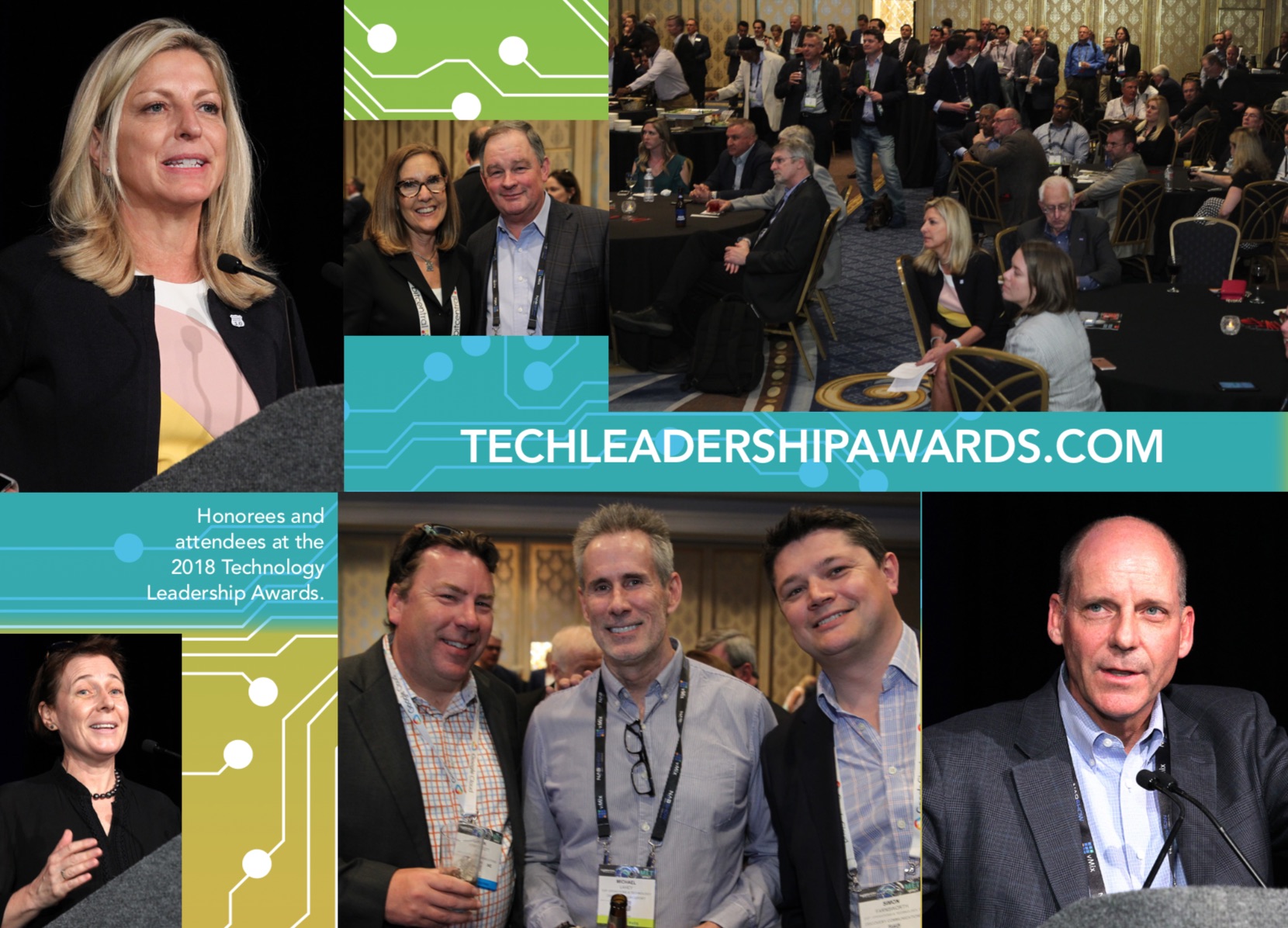
Great content may still be king and the key to building audiences in the digital world. But there is also little doubt that massive technological changes have radically changed the way content is distributed and consumed by viewers, making B&C’s annual Technology Leadership Award winners more important than ever. Working on the front lines of new technologies and digital products, 2019’s group of honorees is helping TV and media companies compete and thrive in a digital world.
This year’s award winners make for a diverse group, with executives working at broadcast TV stations, broadcast networks, streaming video services, news organizations and public media. Some bring skills from software companies, broadband services and tech startups to the TV landscape; others are applying technologies to traditional broadcast media in ways that are transforming the TV business. They work in companies large and small, ranging from multibillion-dollar media conglomerates to smaller stations or organizations that must innovate on shoestring budgets.
All of them, though, show that the long tradition of technology innovation in the TV industry is alive and well. Just as broadcast engineers once deployed new technologies to bring color TV to homes all around the U.S. and dramatically improved the way TV and news programming was produced in the 20th century, the Technology Leadership Award winners are pioneering new technologies in the 21st century for subscription video-on-demand services, improved news coverage and innovative digital products.
This year’s award winners will be honored at an award ceremony hosted by B&C on April 8, the first day of the NAB Show in Las Vegas. For more on the free event, go to techleadershipawards.com.
SEAN CURTIS
Senior VP, Services and Data Engineering | Disney Streaming Services
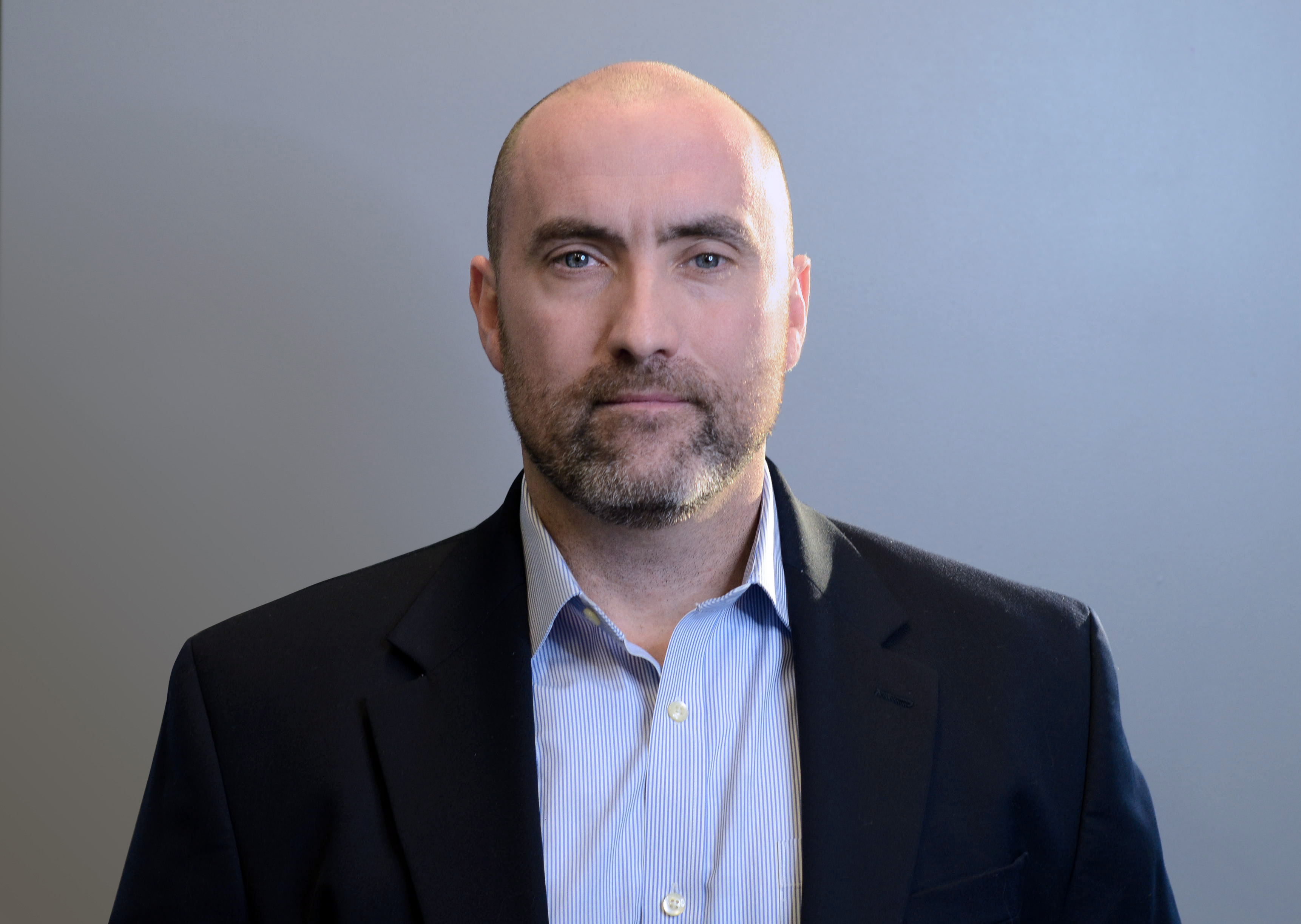
Sean Curtis lands on this year’s list of Technology Leadership Award winners with a record of innovation that includes some of the most important developments in the tech and TV industries — early OTT streaming-media efforts, pioneering TV everywhere products, direct-to-consumer subscription VOD services and the groundbreaking use of cloud technologies to deliver content to more platforms.
Like many of this year’s winners, Curtis traces many of his accomplishments to the tech teams he’s worked with over the years at companies such as MLB Advanced Media, Sling Media, Dish Network, Amazon and Disney Streaming Services. “I get a little squirrely about awards because you are always relying so much on great teams,” he said. “Helping to build those teams” and instilling “a consumer focus” within their members are among his proudest accomplishments, he added.
The smarter way to stay on top of broadcasting and cable industry. Sign up below
After earning a bachelor’s degree in computer engineering at Villanova University, Curtis worked as an advanced avionics technician in the U.S. Navy between 1990 and 1998 and then for a series of tech companies before moving into the media sector in 2001. He then took at job MLB Advanced Media, where he worked his way up to VP of engineering by 2004.
In 2007, Curtis moved to Sling Media as VP of web technology, where he worked on groundbreaking technology that allowed users to access their Dish Network pay TV content outside the home. Then he worked on a variety of innovative TV everywhere, cloud, VOD and IPTV projects in various roles at Dish, Sling TV and Amazon.
In 2014, he returned to MLB, where he was given increasingly senior roles as the operation was renamed BAMTech and then acquired by The Walt Disney Co. He took his current post in September 2017.
During this time, the list of innovative products pouring out of his tech teams includes pioneering direct-to-consumer service HBO Now, digital products for the National Hockey League, MLB.TV, the launch of ESPN+ and the company’s embrace of cloud technologies.
“Cloud technologies have opened up a whole new way of thinking about innovation” for new OTT services like ESPN+, Curtis said. “ESPN+ is a really exciting place for us to be in terms of moving the needle with personalization and the responses we are getting from consumers in terms of usage and subscriptions.”
Curtis’ experience will also play a major role in the increasingly competitive SVOD space, as his tech teams turn their attention to Disney+, launching later this year. “There is a lot of excitement in our teams about that,” he said. “It is a once-in-a-lifetime opportunity.”
MARC DEBEVOISE
President and COO | CBS Interactive
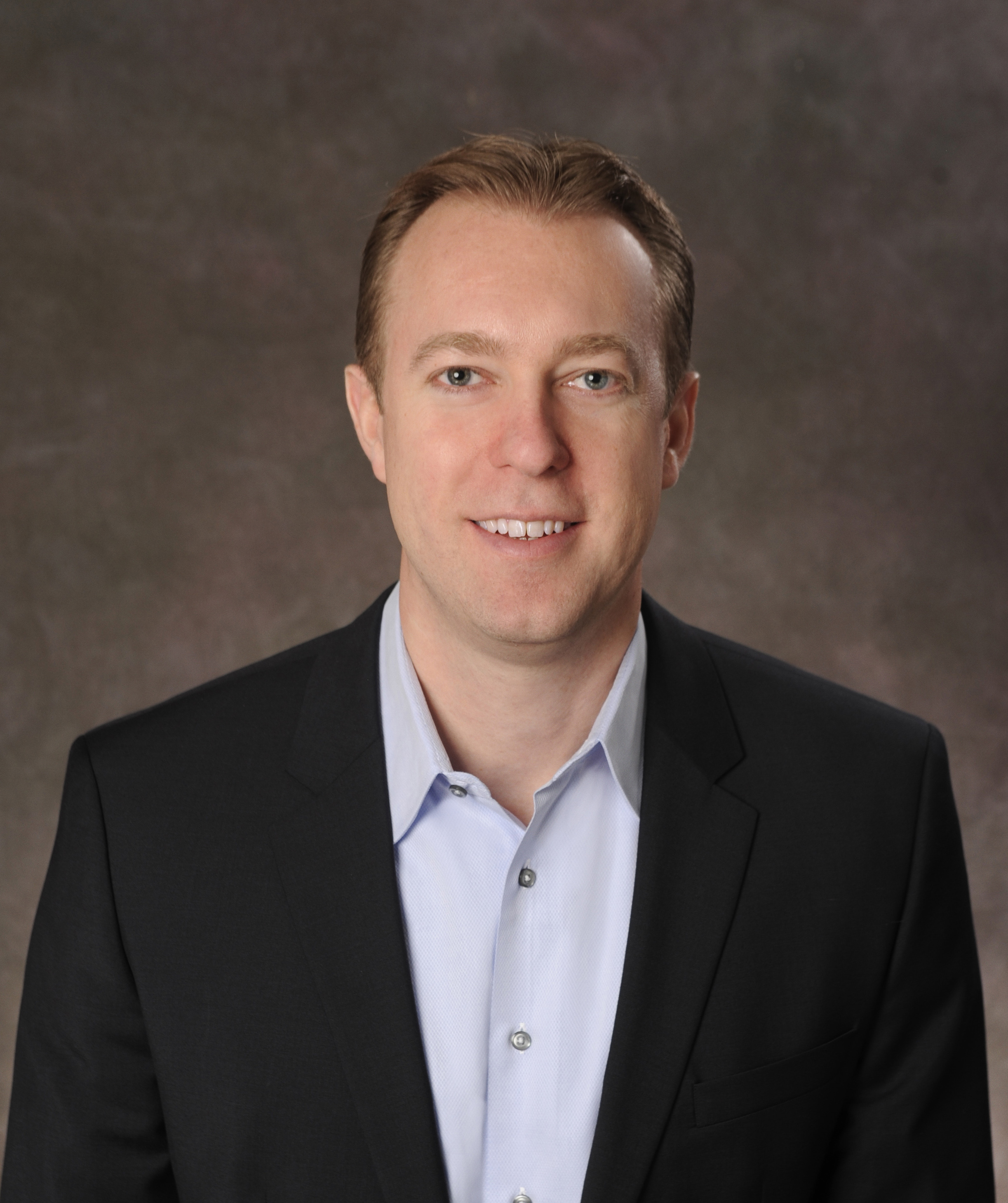
Marc DeBevoise’s successful efforts are a prime example of how big broadcast brands like CBS are thriving in the digital world by successfully launching streaming services like CBS All Access and CBSN.
Not surprisingly, DeBevoise lists the internet as his biggest career influence. “It has really shaped all of our lives and certainly my career,” he said.
Early on, DeBevoise hoped to find his métier as a filmmaker. But a summer spent making some not-so-great films at New York University convinced him that his future was in management. After earning his bachelor’s degree at Tufts University in economics and computer science, he joined Hambrecht & Quist in 1998 as a financial analyst specializing in technology and media. He joined JP Morgan’s technology, media and telecommunications investment banking division in 2002.
After earning his MBA in finance, entertainment, media and technology from NYU, he honed his business development and digital skills at NBCUniversal between 2004 and 2005 and then as Starz’s head of digital media from 2006 to 2011. Those successful efforts led CBS to recruit him in 2011 as senior VP and GM of entertainment for CBS Digital Media. He was promoted to executive VP/GM in 2012 and to his current post in 2016.
DeBevoise and his teams launched the CBS All Access subscription streaming service and 24-hour digital news service CBSN in the fall of 2014, rapidly expanded original programming on both platforms and rolled out CBS Sports HQ and ET Live in 2018.
Those efforts have added up to impressive numbers. In the fourth quarter of 2018, CBS’s subscribers to CBS All Access and Showtime’s SVOD service hit 8 million subs, nearly two years ahead of their goals. The company is now working to hit 25 million customers for its subscription streaming services by 2022, much greater than the 16 million it had forecasted.
Meanwhile, CBSN averages more than 1 million streams a day and CBS Sports HQ had more than 1 million viewers during Super Bowl LIII, with nearly 14 million minutes streamed on Super Bowl Sunday (Feb. 3).
Equally important, the streaming services are bringing younger audiences to the venerable CBS brand. The average age of a CBS All Access subscriber is 44, with 63% of those users falling into the 18-49 demo.
New programming will help drive additional growth, DeBevoise said. “In addition to all the new programming we’ve already announced, you’ll see new programming for All Access in the last half of the year,” he said.
VANESSA DENNIS
Director of Product | PBS NewsHour

A great example of how tech innovation can be done on relatively modest budgets can be found at the PBS NewsHour, which has embraced a wide range of digital technologies in recent years.
A key figure in those efforts is Vanessa Dennis, who leads engineering and design teams across the newscast’s digital platforms. She joined the NewsHour in 2007 to after studying visual communications at Ohio University and working at various media, design and tech jobs.
“We’ve worked very hard to create a modernized publishing system and that has been really paying off in the last couple of years in terms of us being able to embrace all of these new platforms,” the 2019 Technology Leadership Award winner said. “It’s allowed us to innovate in a small operation and we’re very grateful that we’ve had good leadership that has given us the freedom to make those investments.”
Thanks to those upgrades, PBS NewsHour often supplements its broadcast feed by going live with streaming video coverage, sometimes as much as three to five times a day, and it has built up an extensive presence on such digital platforms as YouTube, Apple News and Instagram.
“We are seeing a huge growth on Instagram, especially around video,” which has been very important in bringing in younger audiences, Dennis said.
The NewsHour has also been experimenting with newer technologies like augmented reality. “We are training more reporters on augmented reality so we can explore that space,” she said.
The push to upgrade its digital platforms has also paid off in terms of improved broadcast and digital coverage of news and elections. During the midterm elections, the program partnered with local stations to stream local debates and expanded their cross-platform efforts. Dennis and her team also worked with broadcast engineers and the graphics team to synchronize the visuals used for election-night coverage on both digital and broadcast.
“The same infrastructure we built for generating real-time results on the site was the same system that powered all our broadcast graphics on-air,” she said. “I think in a lot of places those two silos tend to work separately. One of the advantages of being small is that we were able to work directly with the broadcast team to have all of the same info going out on all of our platforms at the same time.”
Such efforts have also led to some notable awards. She was honored with an Emmy in 2017, as well as various AP Design and Webby awards, including a 2018 Webby People’s Voice Award in the News and Politics category for PBS NewsHour’s redesigned website.
MIKE FASS
VP of Broadcast Operations | Gray Television
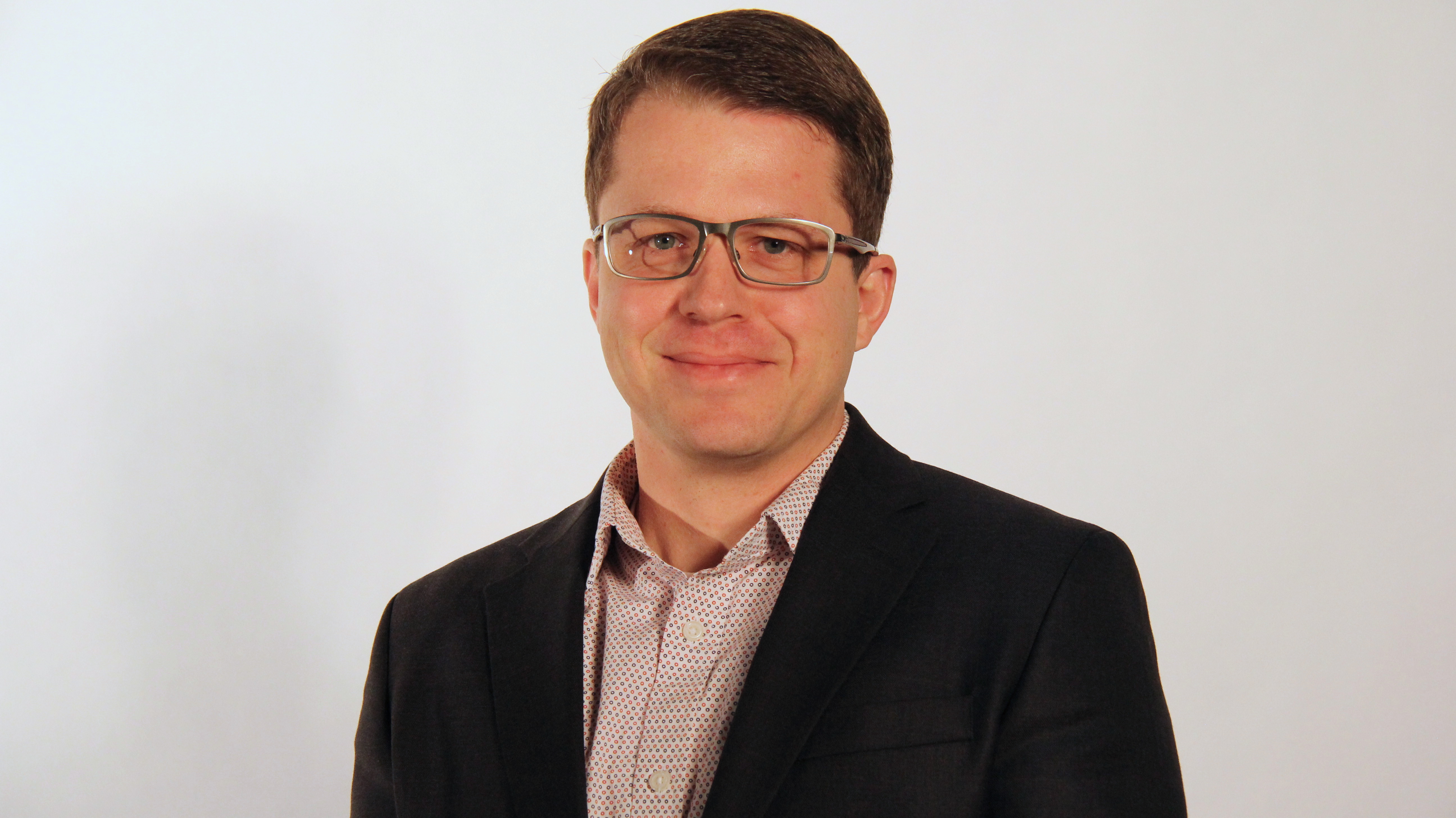
Mike Fass stands firmly within a long tradition of broadcast innovation by executives who’ve learned TV technology on the job and then have used that experience to develop new ways to produce local news and content.
Fass first became interested in video production while studying computer programming in high school and college. While still in college, he landed a part-time job as a production assistant at KOLN in Lincoln, Nebraska, in 1998 and began working his way up the ranks, gaining valuable new experience in broadcast technology as a tape operator, working in master control, directing live newscasts and even writing and editing promos. “I’m very grateful for all those experiences because every one of them helped me get to where I am today,” he said.
A stint at Viacom in 2004 and 2005 honed his skills in master control automation. He then returned to Gray Television in 2005 as media production manager at WOWT in Omaha, Nebraska. In 2011, he added oversight of Gray’s R&D lab to his duties and by 2013, he was overseeing IT, engineering, news production and programming at WOWT. In 2015 he moved over to a corporate role at Gray and in February of 2018 was promoted to VP of broadcast operations.
During the last 10 years, Gray Television embarked on a remarkable series of experiments and innovations to revamp news operations, first under the direction of its former top engineer and Technology Leadership Award winner Jim Ocon and most recently under Fass. During this period, the company’s tech teams and Fass used software and off-the-shelf IT technologies to push production automation to new levels, ultimately creating a system where only one person worked in master control.
“We broke down a lot of walls that exist in traditional TV, where things that had once been in different rooms and different places were integrated into one console and one workflow,” Fass said.
“It has been really a game-changer for the company, and I think it will be for the industry,” added Fass, who credited top management with encouraging innovation. “I’m really proud of the team I’ve been involved with, which includes some of the smartest engineers in the industry.”
Fass’ oversight of the Gray Lab since its 2011 launch has also been important. “The Lab is a replica of the fully automated production and operational workflow that we’ve rolled out across the country,” he said. “It allows us to test new technologies that may have a significant impact on our workflows … With these new workflows we could get content out must faster [and] have greater flexibility to deliver content to new distribution formats, whether it is ATSC 3.0 or OTT.”
RICK JEFFERSON
VP of News Operations | CBS News
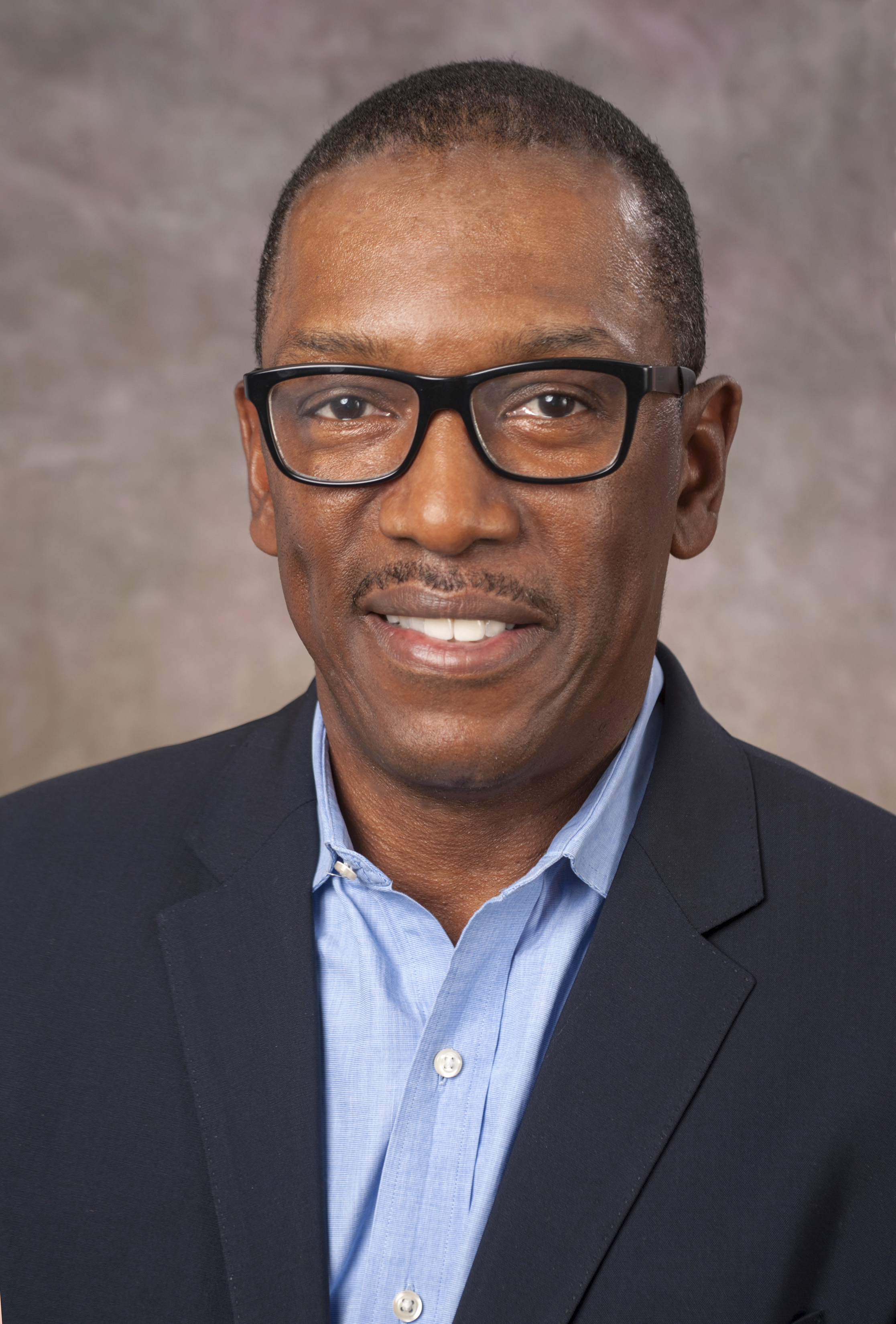
Among this year’s award winners, Rick Jefferson provides an inspiring example of how an early fascination with television can be channeled into a lifelong passion for tech innovation and producing high-quality TV news.
As a kid, Jefferson grew up in a family where his father was a news junkie, and he remembers Ed Bradley on 60 Minutes as an important influence on his early career. “I was always amazed at how calm and well-read Ed Bradley was and the high production values of 60 Minutes,” Jefferson recalled.
During college at St. John’s University in Queens, New York, Jefferson was an intern on the WNEW New York show Sports Extra with legend Bill Mazer, who was also one of his professors in school, gaining invaluable practical experience in TV production.
Even with all that experience, education and passion, breaking into network television was difficult in 1983, when the three big networks still dominated the TV industry. Jefferson, however, got a lucky break while working as a doorman when he met a CBS executive who waiting for her car. Within two weeks that chance encounter led to a job at CBS in 1984, working the overnight shift, watching to make sure all the ads ran as scheduled.
That job was unimaginably dull, but he stuck with it and began working his way up the ranks, learning more and more about TV production and technology, working as a satellite control manager, a supervisor of broadcast operations and eventually a broadcast distribution manager at CBS. By 1995, he was working as a production supervisor at WCBS New York.
In 1996, he was recruited to be part of the launch team for MSNBC. “For about eight years, I put in close to 100,000 miles a year traveling to cover every major event imaginable — four inaugurations, the Royal Wedding, the Grammys, the Super Bowl,” he recalled.
He returned to CBS in 2011 to run the production of CBS This Morning, where his tech teams won a Technical Emmy for the first time in the show’s history.
Since assuming his current position in 2017, Jefferson has also spearheaded a number of innovative projects that helped earn him a Technology Leadership Award. For example, his tech teams revamped CBS’s Studio 57 to handle production of CBS This Morning, CBS This Morning Saturday and the CBS Evening News, so that three different shows with unique looks could be produced from one space.
In addition, they revamped the old studio used by Walter Cronkite and Dan Rather into a news hub that houses both broadcast and digital operations. “We designed it to create synergies within all of our news operations and resources to promote collaboration,” he said.
DAN PHILLIPS
Chief Technology Officer | Hulu
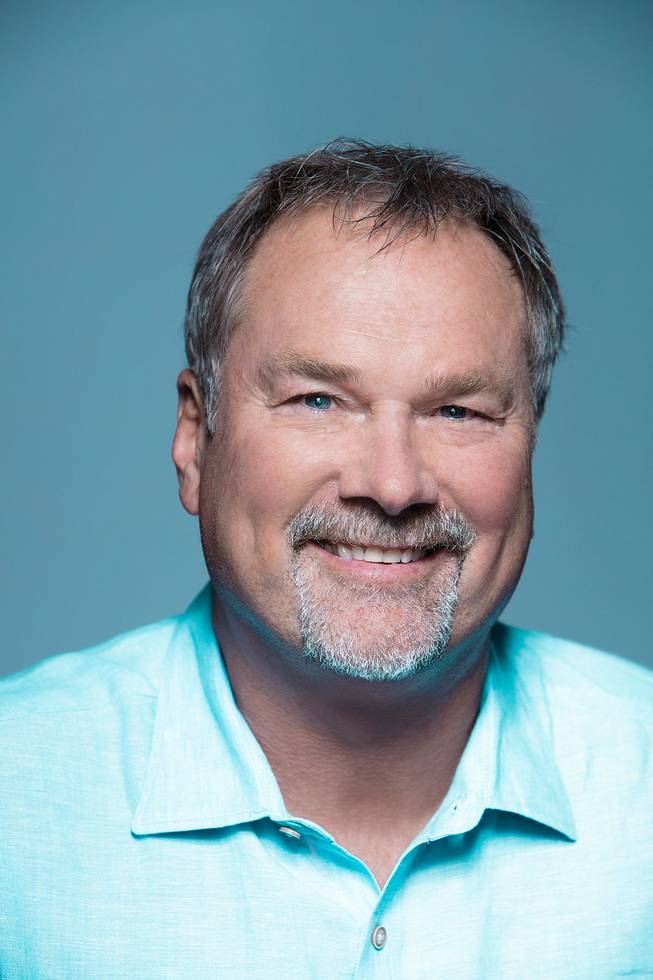
As many traditional TV companies launch direct-to-consumer streaming products, Technology Leadership Award winners like Dan Phillips, with a deep background in software, product development and personalized DTC offerings, have become crucial to the industry’s future.
Phillips began honing his skills in those areas early. After getting a bachelor’s degree in computer information systems and accounting from Humboldt State University, he worked at a mix of startups and major tech companies, including Meta Systems, Silicon Graphics, CrossWorlds Software, Uniscape and Trados.
In 2006, Phillips joined TiVo as VP of technology and chief information officer, working his way up to chief operating officer, overseeing all operations and product development, by 2012. “They were looking to change the way people consume television,” Phillips recalled. “We faced challenges because others were using our technology and IP, but we found a way to grow and deliver the best consumer experience.”
That work deeply influenced the TV industry. Competition with TiVo’s products encouraged pay TV operators to roll out systems with better personalization, consumer interfaces and search and discovery. Midsized U.S. operators such as RCN and Atlantic Broadband, as well as a number of operators outside the U.S., also adopted the TiVo platform to better compete with OTT players and offer interfaces that integrated streaming with traditional pay TV.
“We really succeeded in bringing together the on-demand and live world together with a great user experience with search and discovery,” Phillips said. “What’s interesting for me is that we are trying to do some of the same things at Hulu.”
Phillips joined Hulu as CTO in June of 2018, and his skills are already playing an important role in the company’s future. Soon after joining Hulu, Phillips reorganized the product, engineering, tech and operational teams under one umbrella to speed innovation and strengthen the consumer appeal of its products.
Given Hulu’s rapid growth in 2018 to about 25 million subscribers, a 48% uptick, “platform modernization” has been another major priority for Phillips. The goal, he said, is to make Hulu’s infrastructure extremely reliable and nimble so it can quickly roll out new features.
“You have to have a platform that meets consumer expectations for the kind of reliability they’ve come to expect from cable,” he said. “We are doing a lot to provide the kind of reliability people expect and to quickly bring new features and products to market.”
Another major push has been the launch of tools for better personalization, search and discovery, as well as advanced advertising tools. “We really want to lead the industry on how advertisers deliver their campaigns and how consumers enjoy and consume content,” he said.
MARIAN PITTMAN
Executive VP of Content, Digital Strategy, Technology & Research | Cox Media Group
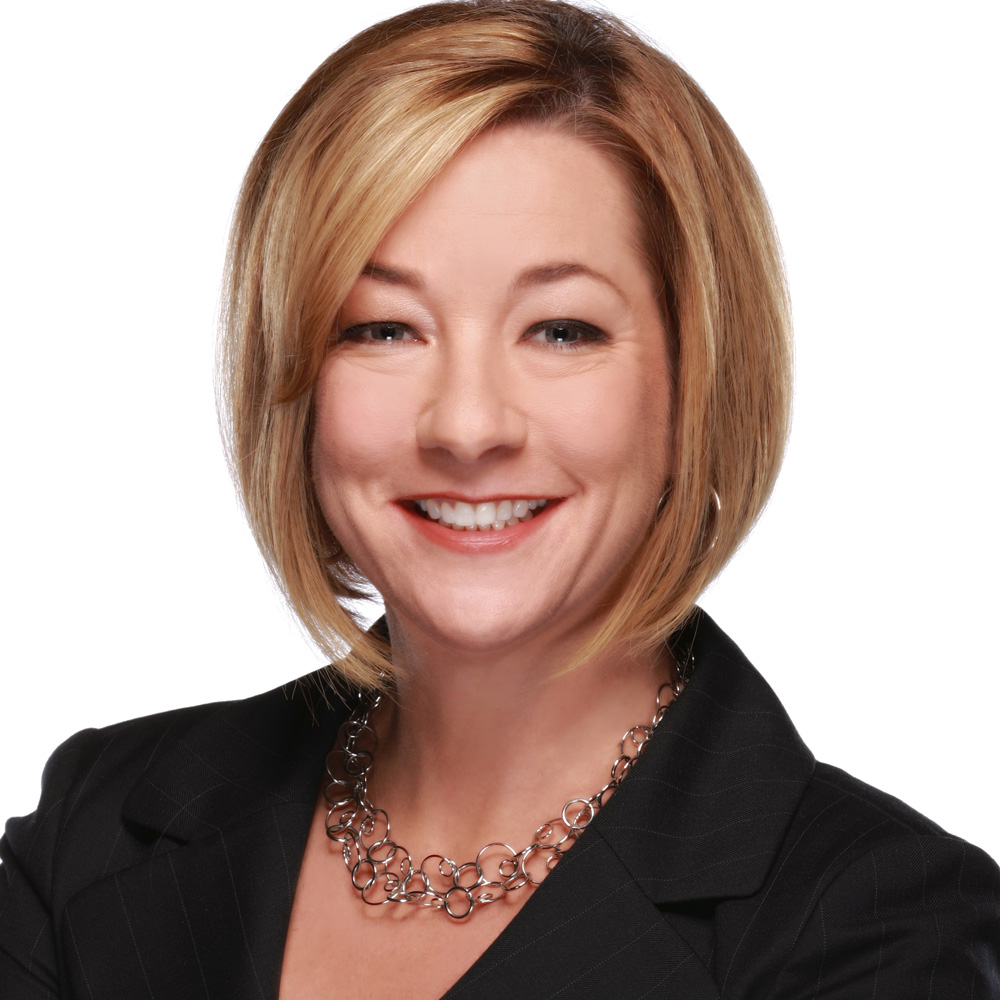
Marian Pittman’s 32-year career at Cox Media offers an exemplary example of a TV executive using her skills as a journalist and news producer to encourage tech innovation.
“I’m really proud of the way this company has leveraged technology for better storytelling,” Pittman said. “That has helped our journalists tell stories that have a great impact on our communities.”
Those efforts grew out of a long career in the TV news business. After earning a bachelor’s degree in communications at East Carolina University, Pittman landed a parttime job in 1987 at Cox-owned WSOC in Charlotte, North Carolina, where she eventually became a full-time producer. In 1992, she moved to WHIL in Dayton, Ohio, first as a producer and then as executive producer for special projects. “That was a tremendous opportunity for a young journalist,” she said. At WHIL, she traveled to Vietnam with local veterans and worked on national political conventions and presidential debates.
She moved to Atlanta’s WSB in 1995, in time for the 1996 Summer Olympics. She covered the bombing of Centennial Olympic Park live for 13 hours, and eventually rose to be a senior executive producer. She traveled to Oslo, Norway, to cover President Jimmy Carter receiving the Nobel Peace Prize.
This work led to higher-level jobs, with a move to Cox’s WFTV in Orlando, Florida, as assistant news director in 2003 and then back to WSB in 2006 as news director, where her successes led to her promotion to station manager in 2013.
In 2014, she moved to corporate, overseeing news and marketing. In 2015, she was named executive VP of digital at Cox Media, a role that has since been expanded to include content, digital strategy, technology and research.
In this role, she set up a “Digital University” to train Cox Media employees on the digital ecosystem and launch such initiatives as the Garage Project, designed to spur innovation by bringing together small groups of employees to work on projects.
One Garage Project led to a major push to adopt drones to help stations better cover the impact of severe weather. “We became the first to win a 333 exemption [with the Federal Aviation Administration] that allows drones to fly for storytelling,” she said, beating out CNN by a couple of weeks.
Other Garage Projects led to the creation of a news product called Your Daily Pitch, targeted to millennials, and the launch of 24/7 OTT streaming services such as WSB Now.
Such efforts have helped produce double-digit revenue growth for Cox Media in the last three years. “We are really learning how to innovative on emerging platforms,” she said, and that’s been key to rapid revenue growth.
SUSANA SCHULER
President & GM | WVTM
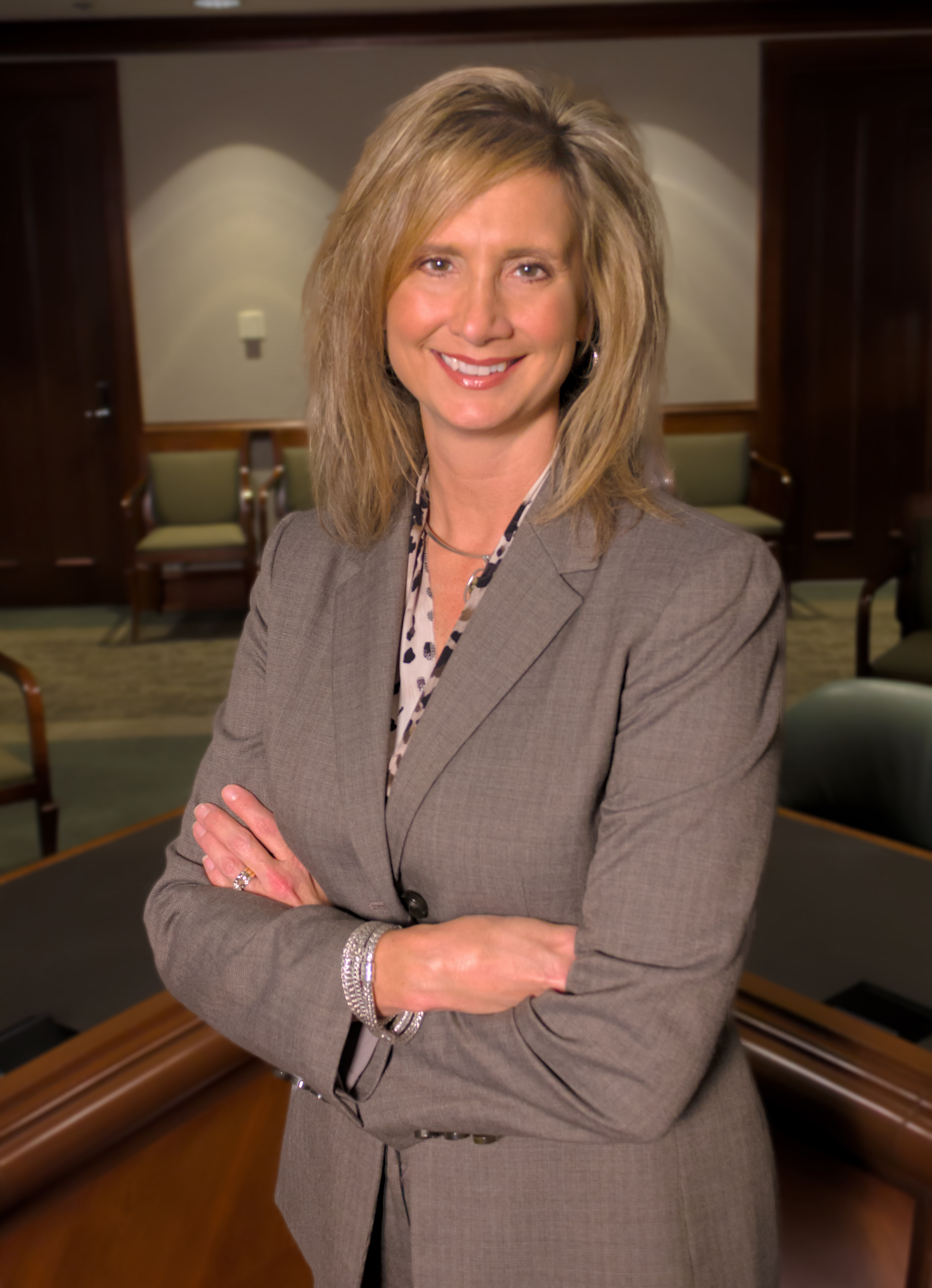
Some members of the 2019 class of Technology Leadership Award winners are being recognized for their record of engineering innovations. Others, like Susana Schuler of Hearst’s WVTM in Birmingham, Alabama, are honored for their long history as news executives who have embraced new technologies to improve coverage.
After arriving in the U.S. at the age of 6 from Chile, speaking Spanish, German and some English, Schuler didn’t become interested in journalism until college at Texas Christian University. After hearing an instructor tell a group of students a fascinating story about journalism, she took a class in the subject and decided to pursue it as a career. “I loved the idea of serving a community and being able to affect change for something that might be wrong or on an important issue,” she said.
While at TCU, she worked at KXAS in Fort Worth. After graduation, jobs at stations in Beaumont and Wichita Falls provided experience as a reporter, producer, anchor and news director.
While working at WHTM in Harrisburg, Pennsylvania, she was introduced by her mentor, Duane Lammers, to Nexstar Broadcast Group founder Perry Sook, who hired her in 1997 as VP, corporate news director.
In 2006, she was hired as VP of news at Raycom Media; she eventually became the station group’s EVP of content and operations. She moved to Hearst Television as WVTM’s GM in December 2018.
Over the years, she earned a reputation as a news executive willing to break down silos and work with tech teams to deploy innovative technologies. At Raycom, she set up annual initiatives to break down walls between departments and provide leadership training. A number of Raycom stations launched streaming efforts to enhance election coverage, and the station group deployed technologies from Bitcentral and others to share live feeds between stations to better cover severe weather.
Schuler stressed that those technologies were conceived and implemented by Raycom’s engineering teams led by Dave Folsom and then David Burke, both of whom have won the Tech Leadership Award. Her role, she said, was to encourage collaboration between tech teams and the news division to improve coverage.
“Engineering and news are sometimes going to be at odds, but you can’t succeed without a true collaboration between them,” she said. “We need that collaboration to improve workflow and make it possible for us to cover more stories so that we can be out in the community covering stories that matter on all platforms.”
LING LING SUN
Assistant GM, Chief Technology Officer | Nebraska Educational Telecommunications
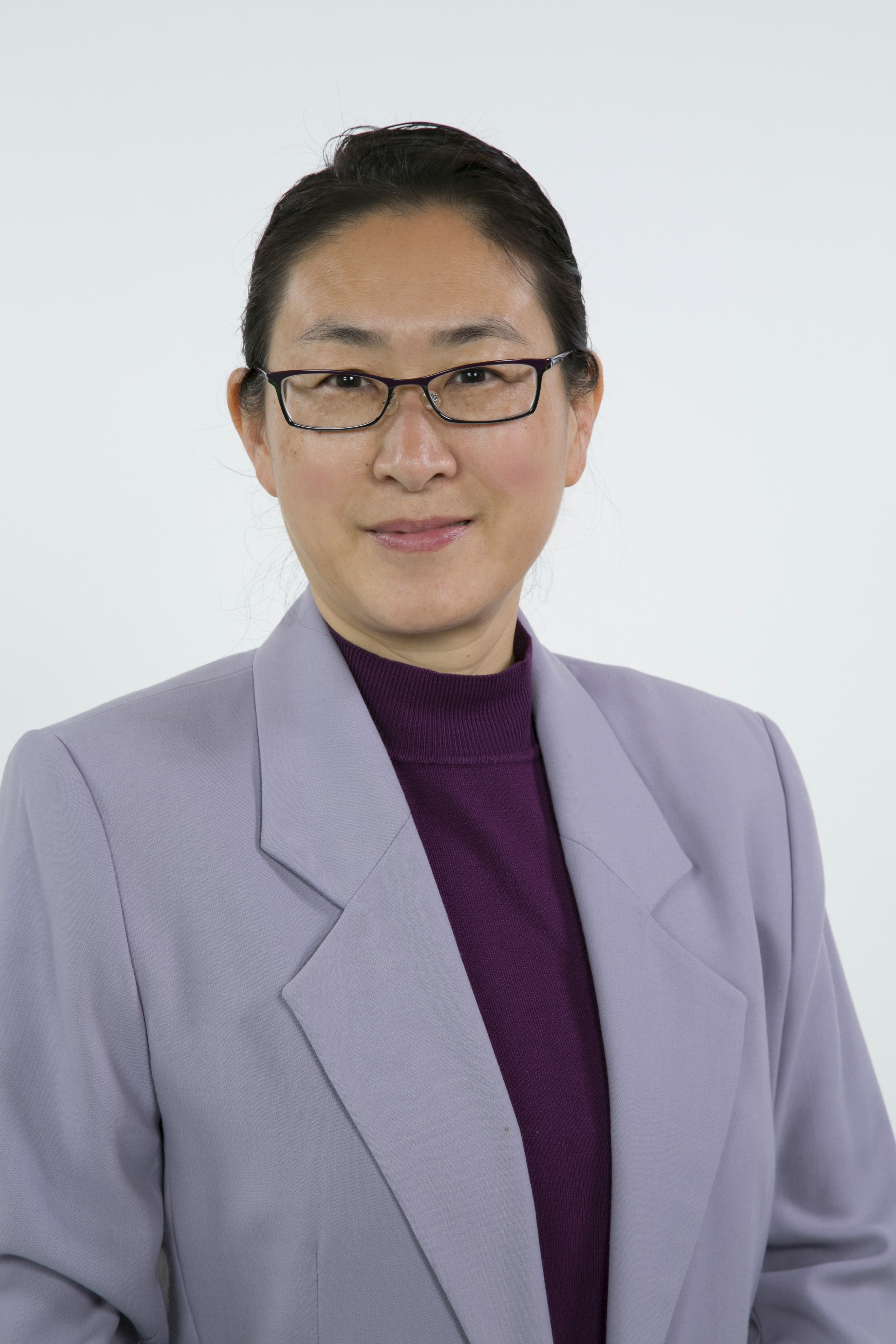
Ask Ling Ling Sun to her describe some of her biggest interests and she’ll quickly start talking about new technologies. “I’ve always been someone who is trying to learn and read and keep up on the newest technologies,” she said.
That passion led to her to study television in China in the late 1970s at the Beijing Broadcast Institute. “China was just starting to open up to the world and young people like myself were fascinated with new technologies,” she recalled. “TV was an important new technology and the Beijing Broadcast Institute was the No. 1 university in broadcasting.”
After graduation in 1982, she had a successful career as deputy chief of the transmitter division of a provincial TV station, but when she and her husband moved to the U.S. in 1992, she was reduced to applying for a job delivering pizza. After looking at her resume, however, the manager noted that the country needed immigrants with her technical experience and encouraged her to apply for work at a local TV station.
KWSU in Pullman, Washington, agreed, hiring her as a broadcast technician. Success there led to a job in 1996 at WOSU in Columbus, Ohio, where she worked her way up to chief engineer in 2011. Here, her work on the analog-to-digital transition, on a state-of-the-art multimedia production studio project and as chair of the PBS Engineering Technology Advisory Committee (PBS E-Tech) caught the eye of top management at Nebraska Educational Telecommunications. In 2014, NET hired her for her current role, overseeing a staff of 48.
Over the years, Sun has compiled a remarkable record of innovation on limited budgets. Her work for WOSU on the renovation of Columbus’ Lincoln Theater was an early instance of using fiber links for remote production.
More innovation followed at NET, where Sun has spearheaded work to improve signal reliability; implemented systems to ease content delivery across multiple platforms; deployed improved early-warning system tornado systems; and is now working on a new monitoring and control system that promises to break new ground.
Her work has also had a major impact on the PBS system. In addition to being the chair of the PBS E-Tech Committee between 2013 and 2018, NET operates a backup facility to ensure that PBS can remain on air.
But Sun is careful to stress her accomplishments have been a collaborative effort. “I’ve been very lucky to have leadership that has given me the trust to innovate … [and] to have tech teams that have made these projects as success,” she said.
MARIO VECCHI
Chief Technology Officer | PBS
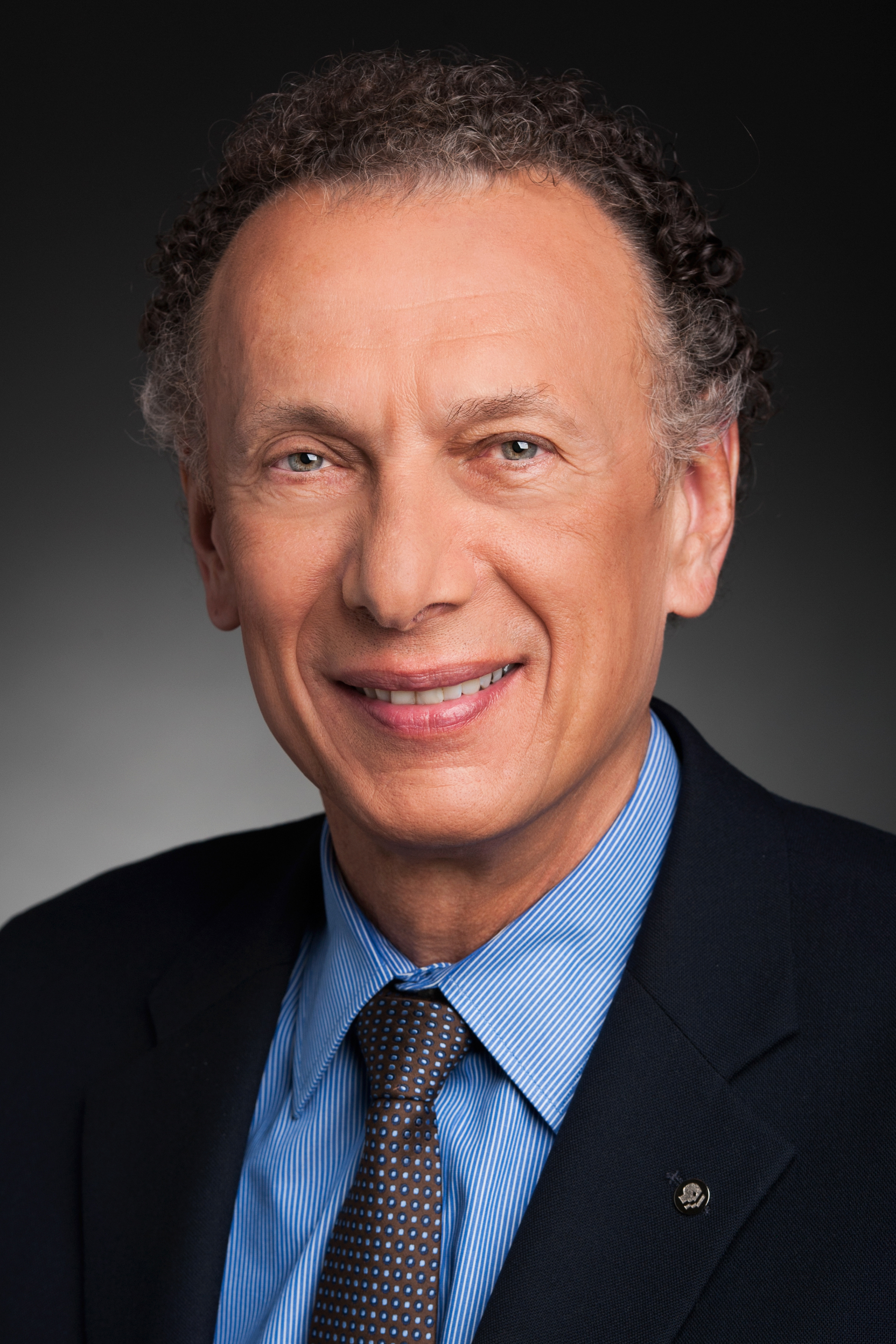
Mario Vecchi is the rare technologist whose innovative work has helped transform a wide range of media and telecommunications industries, from broadband and cable to online video and broadcasting.
Inspired by his father’s work as an engineer in Venezuela, Vecchi studied electrical engineering in college and eventually got a Ph.D. at the Massachusetts Institute of Technology in applied solid state physics. Working as a researcher at Bell Labs and Bellcore between 1986 and 1993, he became fascinated with optical technologies, broadband networks and application of IP technology to broadband capabilities.
He then went to work on work on Time Warner Cable’s famed Full Service Network in Orlando, Florida, which led him in 1994 to pitch top management on a plan to provide high-speed internet services to consumers. “That eventually became the Road Runner,” Vecchi recalled.
As the co-founder of the pioneering broadband service and senior VP and chief technology officer of the Road Runner Group, Vecchi also worked with other operators, vendors and CableLabs to develop DOCSIS, the standard that would eventually radically transform the cable business.
Working as SVP of global technologies at America Online between 1998 and 2007, he honed his skills running software development teams. After a stint as president of Apex Technologies in Puerto Rico, where his teams developed innovative digital products for mobile, he then worked on deploying fiber-to-the home systems in rural communities.
In 2014, a headhunter convinced Vecchi to interview for the CTO job at PBS. “I told them I was not a broadcast engineer, but they said that they were looking for someone that can help us move into new areas,” Vecchi recalled.
That has led to several notable tech innovations at the broadcaster. Working with PBS chief digital and marketing officer Ira Rubenstein, Vecchi has made great strides in transforming the organization’s tech teams and integrating its broadcast and digital infrastructures. “We have really created a single space to be able to tackle new businesses and opportunities,” he said.
Vecchi and his team have also been rolling out the new Service Interconnection System for PBS and its members. “It’s a great infrastructure that will put PBS in the fast lane of innovation for years to come,” Vecchi said.
Looking back on his career, Vecchi cited the influence of his father, who he describes as “a very creative engineer with a can-do attitude,” and his thesis adviser at MIT, the famed physicist Mildred “Millie” Dresselhaus, who would remain a good friend until her death in 2017.
“Her ability to maintain a quiet strong demeanor in the face of almost anything that can happen and her ability to work consistently and creatively on problems has been a real role model for me,” he said.
